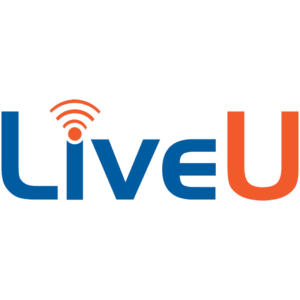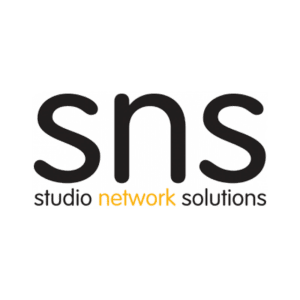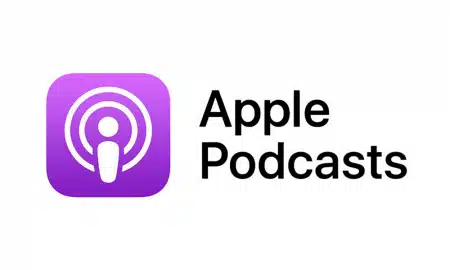Broadcast2Post | Podcast by Key Code Media
The broadcast industry’s shift from SDI to IP- especially SMPTE ST 2110- is one of the most complex and transformative changes in recent history. While the promise of scalability, flexibility, and future-proofing is real, the journey is layered with technical, operational, and organizational challenges. This podcast episode & blog explores key lessons from seasoned engineers and technologists who’ve lived through the transition, offering insights into interoperability, system performance, and team preparedness.
The History Behind SDI-to-2110 Migration
The evolution from SDI (Serial Digital Interface) to IP (Internet Protocol) in broadcast environments was never just about following a trend- it was a necessity. SDI, though rock-solid and purpose-built for point-to-point video transport, reached limitations in scalability and flexibility. Each signal in an SDI workflow required a dedicated cable, router port, and clock, forming a rigid and hardware-intensive infrastructure.
This design was practical when systems handled dozens of channels. But with the explosion of UHD, HDR, multiple simultaneous versions (OTT, linear, archive, etc.), and new production models (like remote production), SDI began to crack under the pressure. Broadcasters needed a more flexible, scalable, and efficient architecture- thus began the journey toward IP, and more specifically, SMPTE ST 2110.
Transitioning from SDI to SMPTE ST 2110
The transition isn’t a “rip and replace” operation. Most facilities are navigating a gradual, methodical migration path. Successful transformations begin with mapping out current workflows, identifying operational bottlenecks, and determining how ST 2110 can solve those challenges without disrupting mission-critical operations.
A common step is standing up a 2110 island, for example, an IP-based control room, while the rest of the plant remains on SDI. Gateways become essential here, converting between SDI and 2110 seamlessly. Network architecture also becomes a design centerpiece. Unlike SDI, which simply “moves bits,” 2110 rides on IP, meaning switches, multicast configuration, and proper QoS (Quality of Service) setups are crucial.
Careful planning around unicast vs multicast, understanding non-blocking switch fabrics, and ensuring PTP synchronization is foundational. The early days showed that failing to do this leads to unpredictable behavior- or worse, system crashes.
Solving Vendor Interoperability and PTP Sync Issues in ST 2110 Systems
2110 is a standards-based protocol, but that doesn’t always guarantee interoperability. Different vendors can interpret the spec with slight variances, and when audio, video, and ancillary data are separated (as 2110 demands), ensuring everything lands in sync can be a nightmare.
System integrators play a bigger role than ever before. No single vendor provides the full stack. Engineers now stitch together solutions across routers, switches, control surfaces, multiviewers, and orchestration layers. Getting all these systems to “speak 2110” fluently requires hands-on validation, interop labs, and constant firmware evaluations.
Time synchronization via PTP (Precision Time Protocol) also requires diligence. ST 2059 underpins PTP in media environments, and any deviation, like poor grandmaster performance or improper switch boundary settings- can destabilize the entire plant. Interoperability now means not just shared formats, but shared time.
Latency and Network Performance Challenges in ST 2110 Workflows
In SDI systems, latency was practically negligible. Signals flowed at the speed of copper or fiber with almost no measurable delay. But with 2110, the network introduces buffers, packet handling, jitter, and sometimes, retransmission behaviors that alter timing- especially when video traverses firewalls, software-defined switches, or long-haul circuits.
Vendors differ wildly in how they handle buffering. Multiviewers, for example, often introduce delay depending on how they render tiles. Meanwhile, contribution encoders and decoders can add frame-based latency if not tuned correctly.
Performance also isn’t just about latency. Packet loss, jitter, and network saturation affect signal integrity and viewer experience. Continuous monitoring (e.g., NMOS IS-04/05, IPPM tools) is mandatory for proactively detecting and resolving these issues.
Training and Team Readiness
Perhaps the most underestimated part of this transition is people. Moving to IP doesn’t just involve new gear- it requires new mindsets. Broadcast engineers accustomed to baseband must now think like network engineers. They must understand Layer 2/3 concepts, IP subnetting, PTP, and multicast.
Upskilling teams should begin before the first SFP is installed. Workshops, certification paths, and even basic Linux command-line fluency can pay dividends in operational stability. Several early adopters found themselves in “panic mode” simply because their teams weren’t prepared to troubleshoot network-based failures.
The best rollouts are accompanied by change management: appointing IP champions within engineering, redefining support playbooks, and creating sandboxes for hands-on training without risk to production systems.
Hybrid Environments and Budget Constraints
The reality for most broadcasters is hybrid operations- SDI and 2110 must coexist for the foreseeable future. Budgets, timelines, and legacy integrations demand it. The trick lies in smart infrastructure: modular builds, gateway devices, and orchestration platforms that can bridge SDI and IP domains fluidly.
Vendors are responding with “SDI-friendly” IP gear- devices with native SDI inputs but 2110 outputs, or vice versa. These enable phased adoption without stranded investments. Budget constraints also shift emphasis toward COTS (commercial off-the-shelf) switches and software-based signal processing, reducing the cost traditionally associated with broadcast-specific hardware.
Ultimately, the move to 2110 isn’t a one-time project- it’s an ongoing strategy. Successful transitions are marked by incremental upgrades, team empowerment, and careful planning that honors both legacy systems and future potential.
Additional Resources:
BROADCAST2POST SPONSORS
Big thanks to our annual partner sponsors for the podcast!







